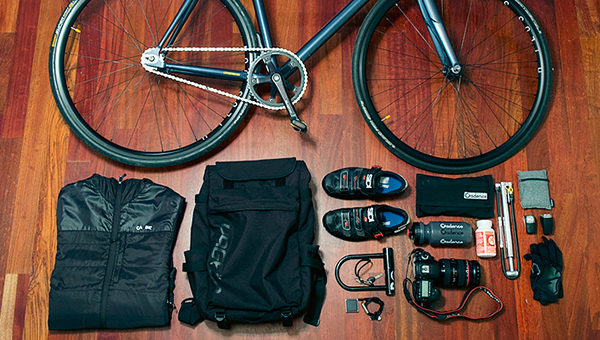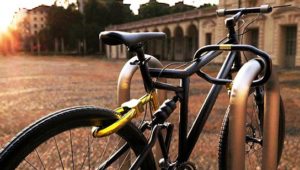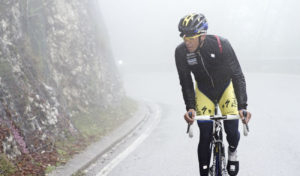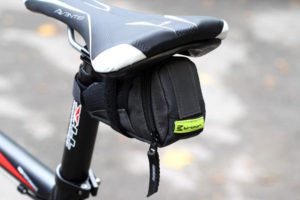The first step to becoming faster is looking good…right? This may be why cyclists have a bit of a sock obsession. Most riders wear the same cycling kit, or with little variety, every day, so changing up the sock game is a fun way to add a little bit of your own personal style. Not only that, but they are a highly functional piece of cycling gear that can make or break a ride. Here are some of the best types of cycling socks to get you looking and feeling good for your next ride.
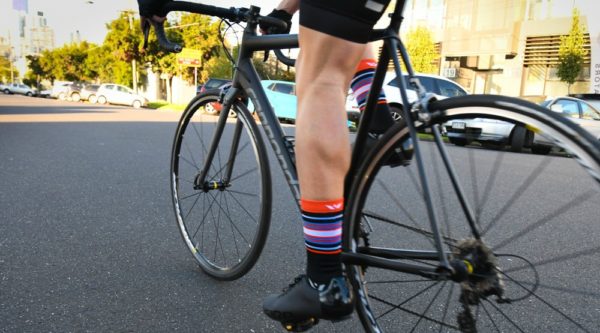
The Big Players
With so many brands of cycling socks out there, it can difficult to choose the ones that will work best for you. Hopefully these brief descriptions of a few of the larger brands will make the decision easier.
- Swiftwick socks are made in the USA and focus on comfort and quality. Their socks feature managed compression, chemical-free wicking, and anti-blister and anti-odor technology. These are the four pillars they build each pair of socks to.
- Defeet International socks are also made in the USA and prioritize operating at a higher level to produce one of the best cycling socks on the market.
- Pearl Izumi yields not only great cycling socks, but also other clothing to keep you matching from head to toe!
- Sock Guy is the go to sock company when looking for custom socks, they have a 4-5 week turn around and are manufactured in the USA.
Racing Socks
Racing cycling socks are designed with performance in mind, so they offer breathable material and an attention to performance over style. The Swiftwick Aspire socks have a thin cushion bed, and offer compression to different anchor points in the foot. The Louis Garneau Men’s Coni Cycling Socks are made from Coolmax fiber, and are supposed to wick moisture and increase the speed they dry out. Pearl Izumi’s Elite Socks feature the ELITE Transfer material to also dry out quickly, and have “compression for a performance fit.” All of these racing style cycling socks have two things in common. One, they are super good at drying out quickly to keep your feet cool while competing. Secondly, most of these socks come up one-quarter of your calf to give you that pro look.
Wool Cycling Socks
Wool socks can be a real lifesaver in the winter months, keeping your feet warm and dry. DeFeet makes some of the most popular wool cycling socks on the market. They are called the Woolie Boolie sock. They are durable and provide a great deal of warmth as they are made out of almost 50% American Merino Wool. These socks come up six inches to provide you with a great deal of warmth. The Sockguy wool cycling sock is twelve inches high and features a mesh upper panel above your foot to allow for ventilation. Giro also makes a six-inch sock out of merino material in a ton of patterns and colors.
Compression Cycling Socks
Compression socks are nothing new in the world of endurance sports, but finding the right pair may not be so easy. They are measured in millimeters of mercury (mmHg), the larger the number the more compressed the socks will feel. The Swiftwick Twelve is 15-20mmHg and features their anti-odor technology and will help to reduce swelling during recovery. The Louis Garneau R-Compression cycling socks decrease recovery time between workouts and have “stretch zones at the heel and toe.” The Mojo Coolmax recovery cycling socks offer 20-30mmHg, a bit more compression than competitors, although more is not always better with compression.
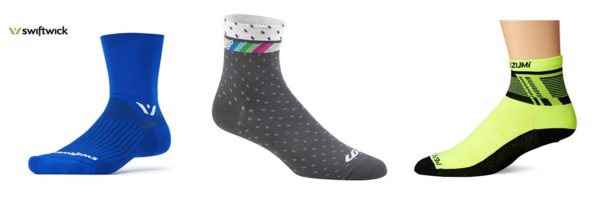
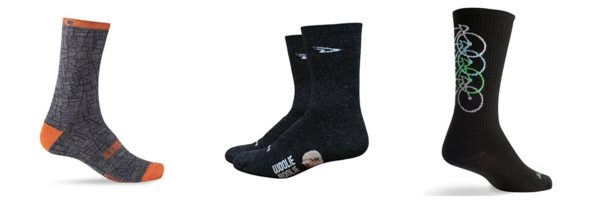
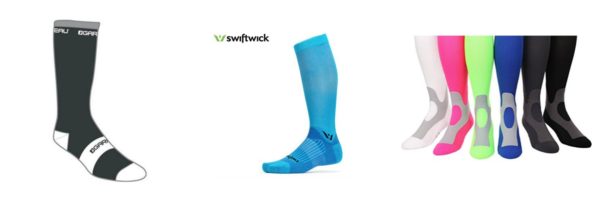
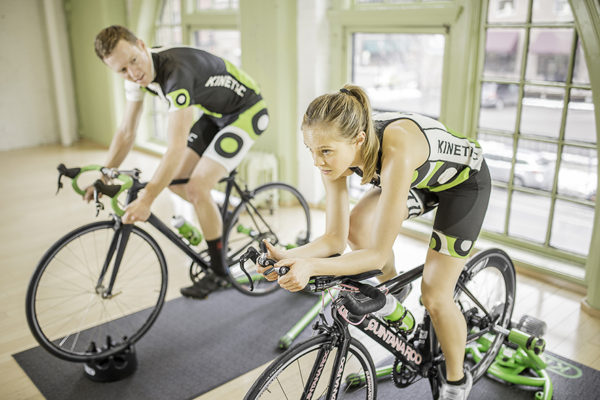
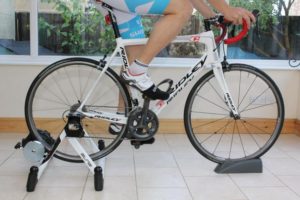
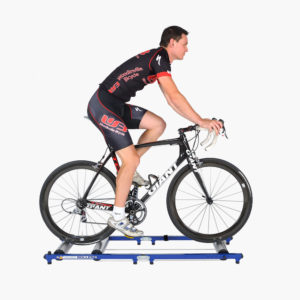 Another device for indoor riding is rollers. These use three drums, one under your front wheel and two under your rear which your wheels rest on and rotate while riding. The centrifugal force of the wheels rotating keeps you balanced much like riding down the road. Riding the rollers does take a bit of practice as it requires balance and focus to stay upright, but once you’ve adapted it’s quite easy and much more enjoyable than riding the trainer which requires pretty much no focus to ride.
Another device for indoor riding is rollers. These use three drums, one under your front wheel and two under your rear which your wheels rest on and rotate while riding. The centrifugal force of the wheels rotating keeps you balanced much like riding down the road. Riding the rollers does take a bit of practice as it requires balance and focus to stay upright, but once you’ve adapted it’s quite easy and much more enjoyable than riding the trainer which requires pretty much no focus to ride.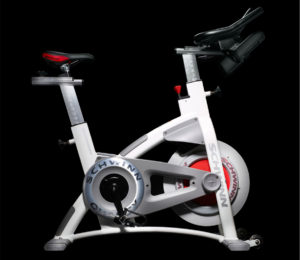
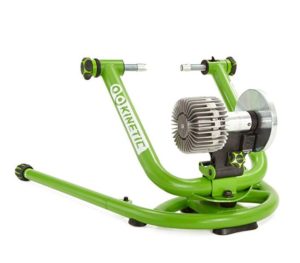
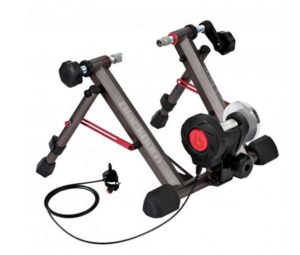
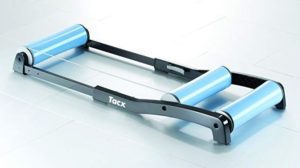
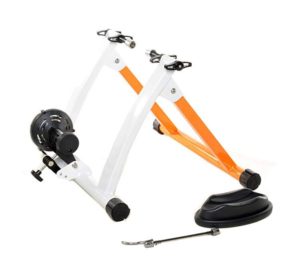

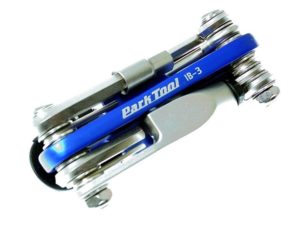
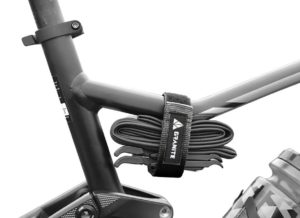
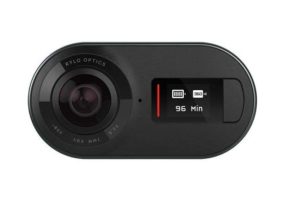
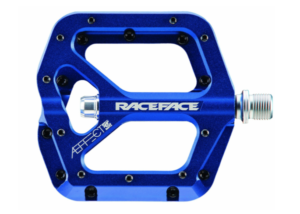
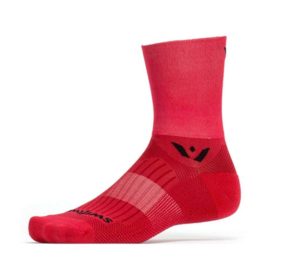
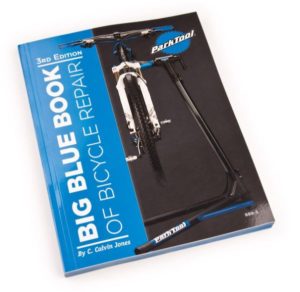

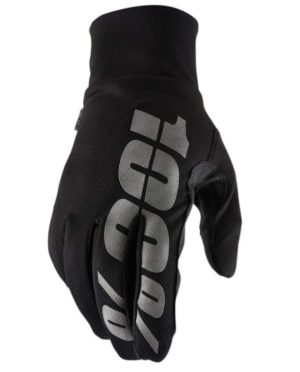
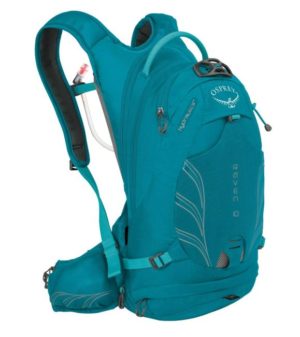
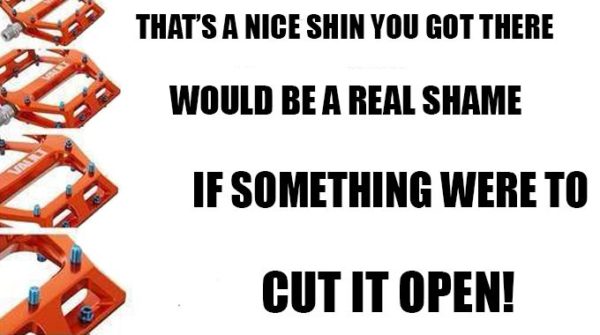
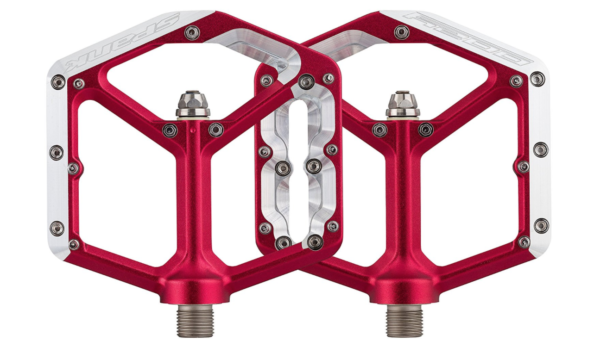
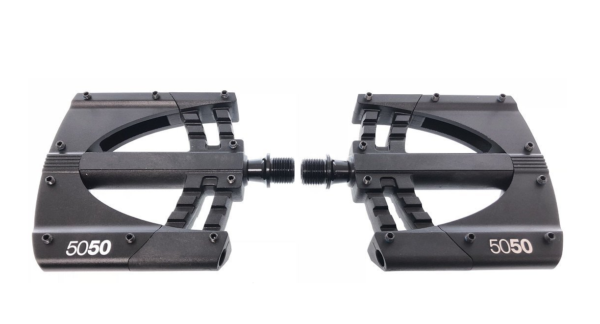
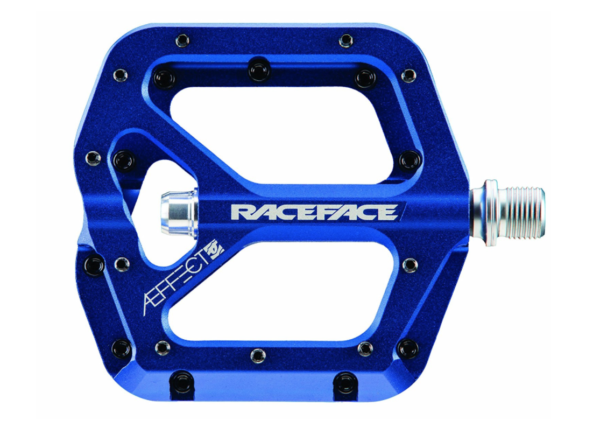
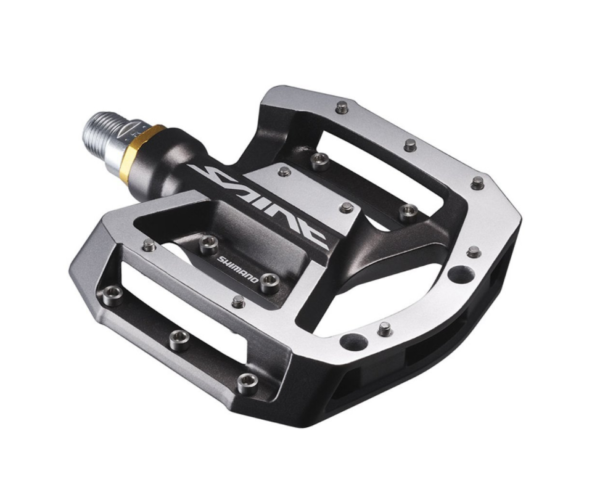
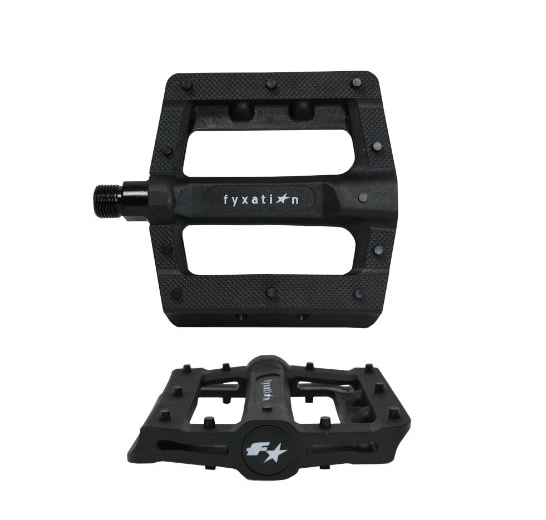







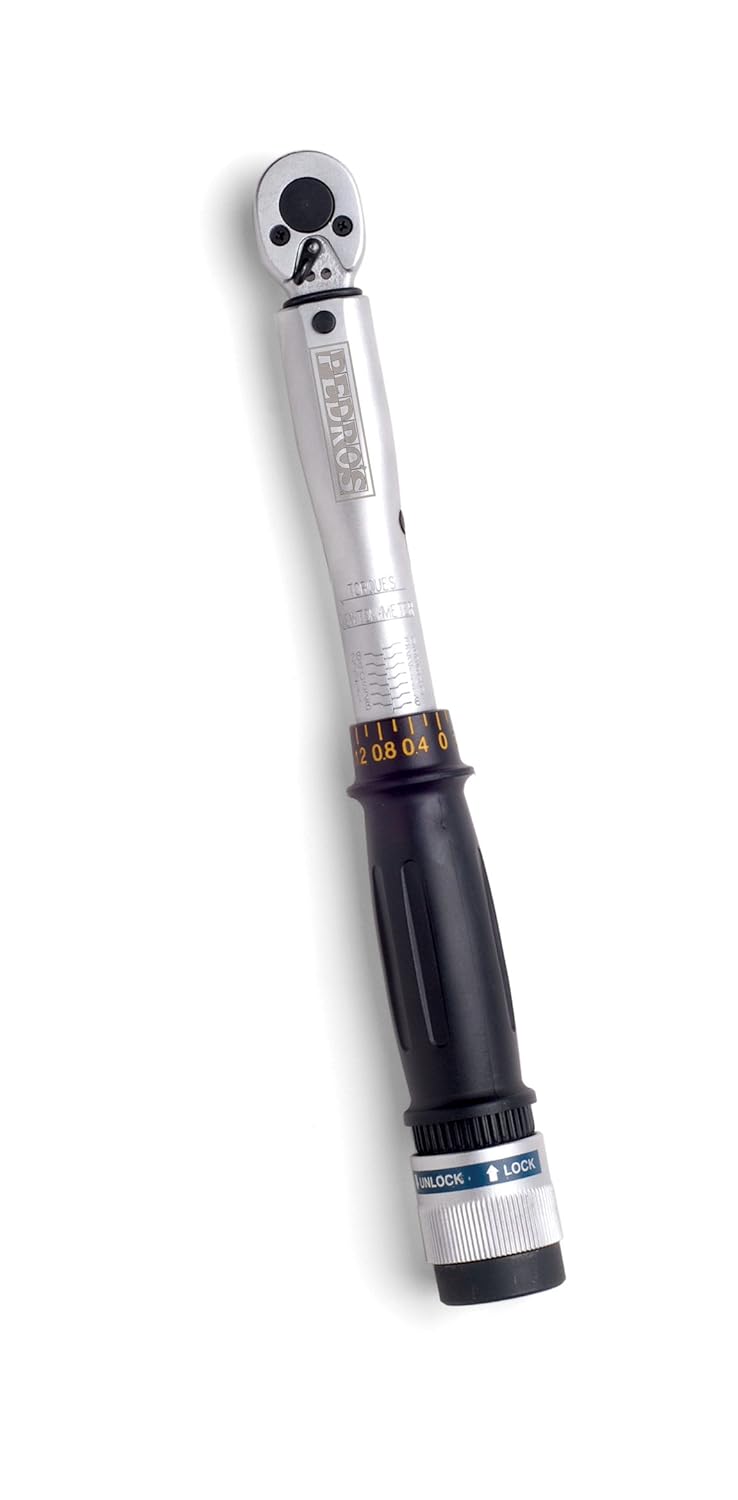
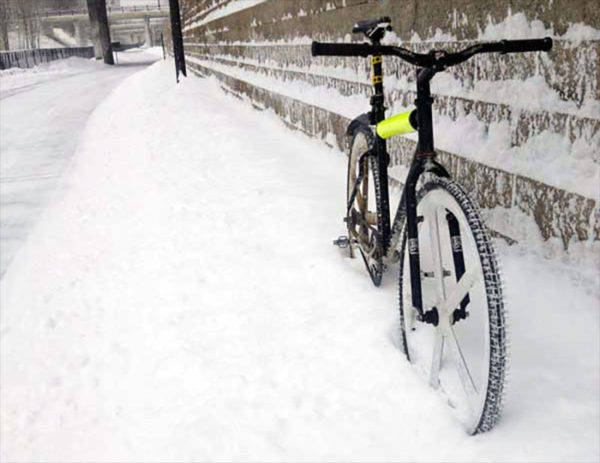
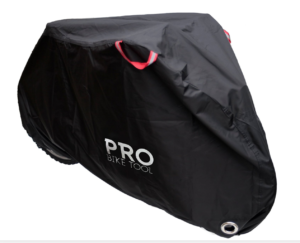
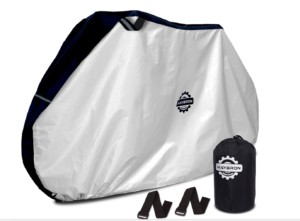
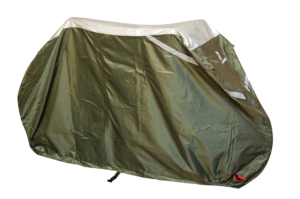
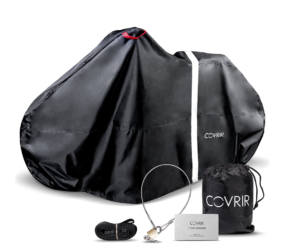
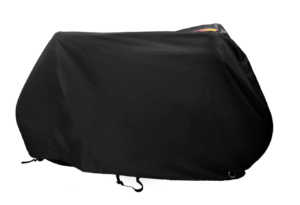
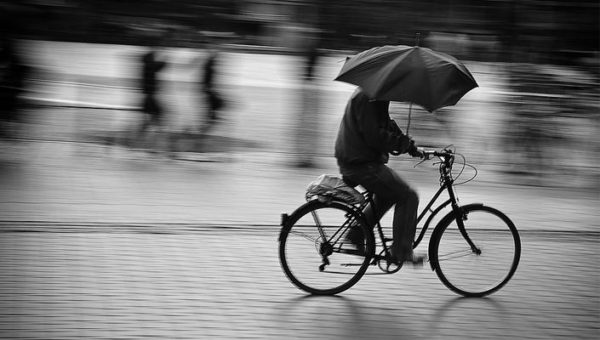
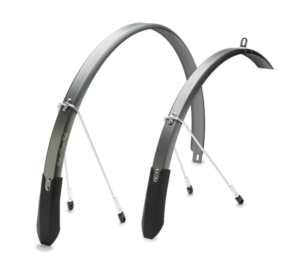
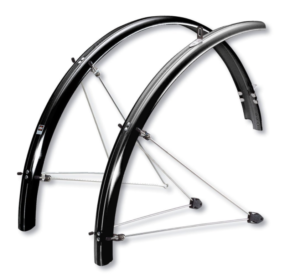
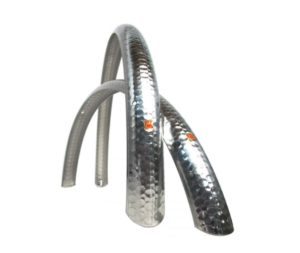
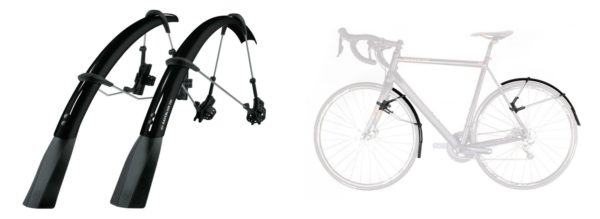
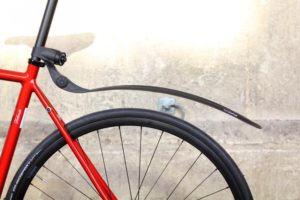


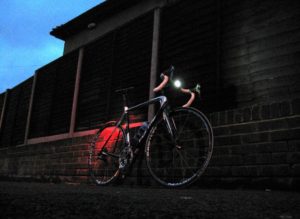 be able to see you to have enough time to react, so better to have too many lights than not enough.
be able to see you to have enough time to react, so better to have too many lights than not enough.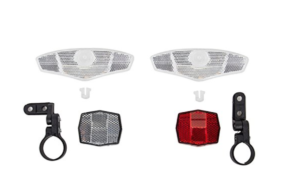
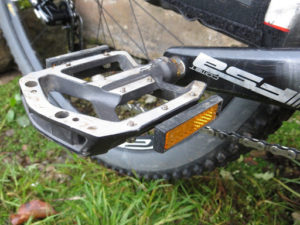
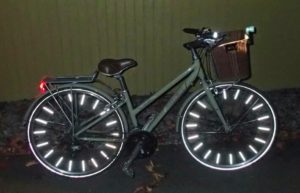
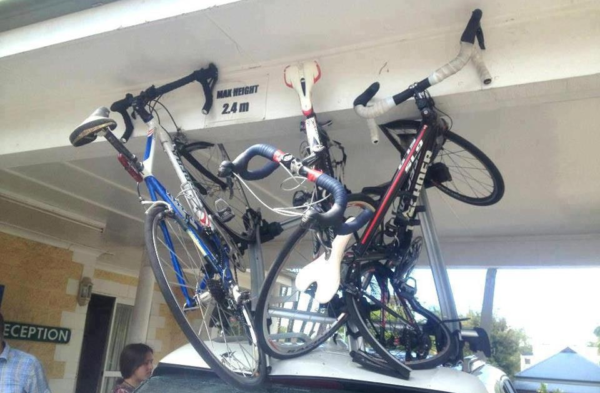
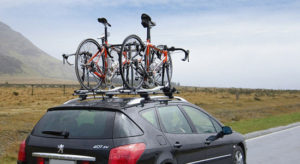 outdoorsy person, but the it is a great option when it comes to transporting your bike. You can either keep your front wheel on, or some require you remove the front wheel and include a fork grabber that can be locked for extra security. Although roof racks generally keep your bike a lot cleaner, it increases your wind resistance and can affect how your car handles. It can also be difficult to get your bike on and off the roof depending on the height. Plus, there is the added risk of forgetting it’s up there and driving under something (like a garage) and hearing that sickening crunch.
outdoorsy person, but the it is a great option when it comes to transporting your bike. You can either keep your front wheel on, or some require you remove the front wheel and include a fork grabber that can be locked for extra security. Although roof racks generally keep your bike a lot cleaner, it increases your wind resistance and can affect how your car handles. It can also be difficult to get your bike on and off the roof depending on the height. Plus, there is the added risk of forgetting it’s up there and driving under something (like a garage) and hearing that sickening crunch.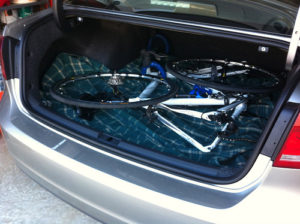 Some choose to remove the front wheel and transport their bike in the vehicle for piece of mind. Yes, this is the cheapest and perhaps the most secure method, but it does have its drawbacks. Not only can it be awkward to get your bike in and out, but it can damage your vehicle through catching material or bike grease and dirt. Also, it doesn’t leave much room for anything else if you are heading out with some friends or need other gear.
Some choose to remove the front wheel and transport their bike in the vehicle for piece of mind. Yes, this is the cheapest and perhaps the most secure method, but it does have its drawbacks. Not only can it be awkward to get your bike in and out, but it can damage your vehicle through catching material or bike grease and dirt. Also, it doesn’t leave much room for anything else if you are heading out with some friends or need other gear.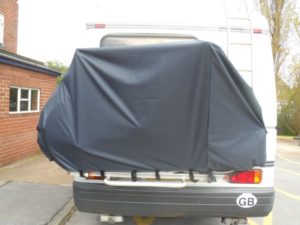 car. This is especially important for carbon bikes. Likewise, you’ll want to keep your bike rack nice and clean to keep dirt from getting trapped between your bike and the rack. If you’re using a rear mounted bike you can also use a bike cover to keep your bike clean and protect it from incoming rocks and dust.
car. This is especially important for carbon bikes. Likewise, you’ll want to keep your bike rack nice and clean to keep dirt from getting trapped between your bike and the rack. If you’re using a rear mounted bike you can also use a bike cover to keep your bike clean and protect it from incoming rocks and dust.